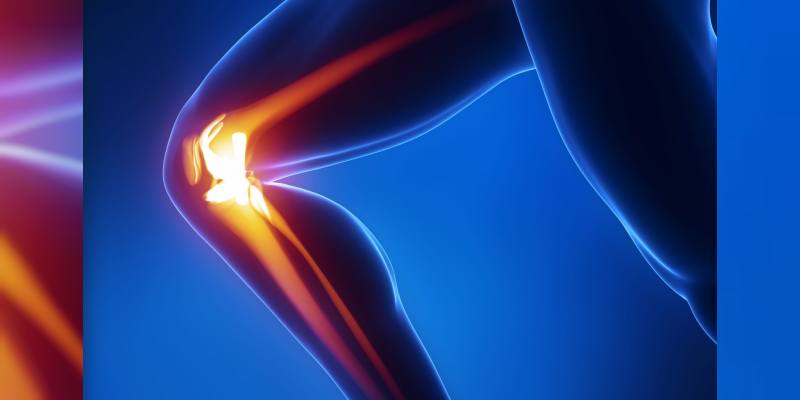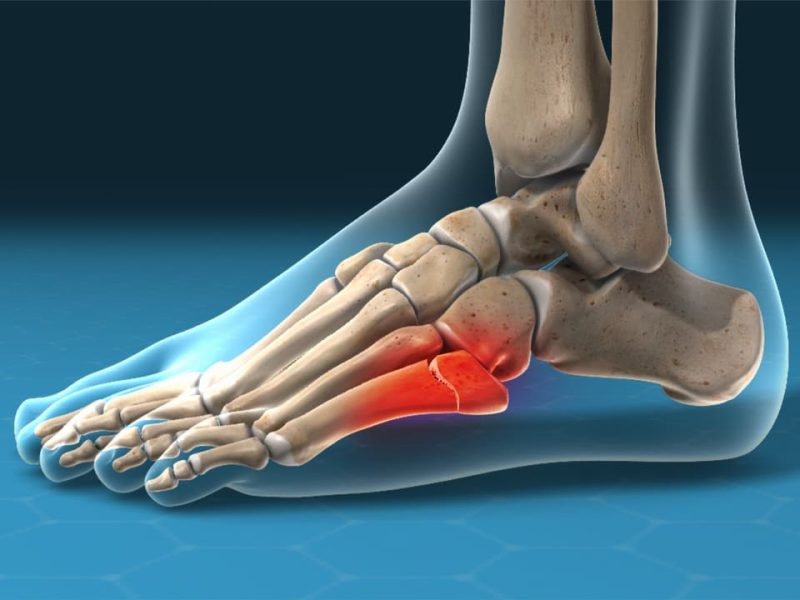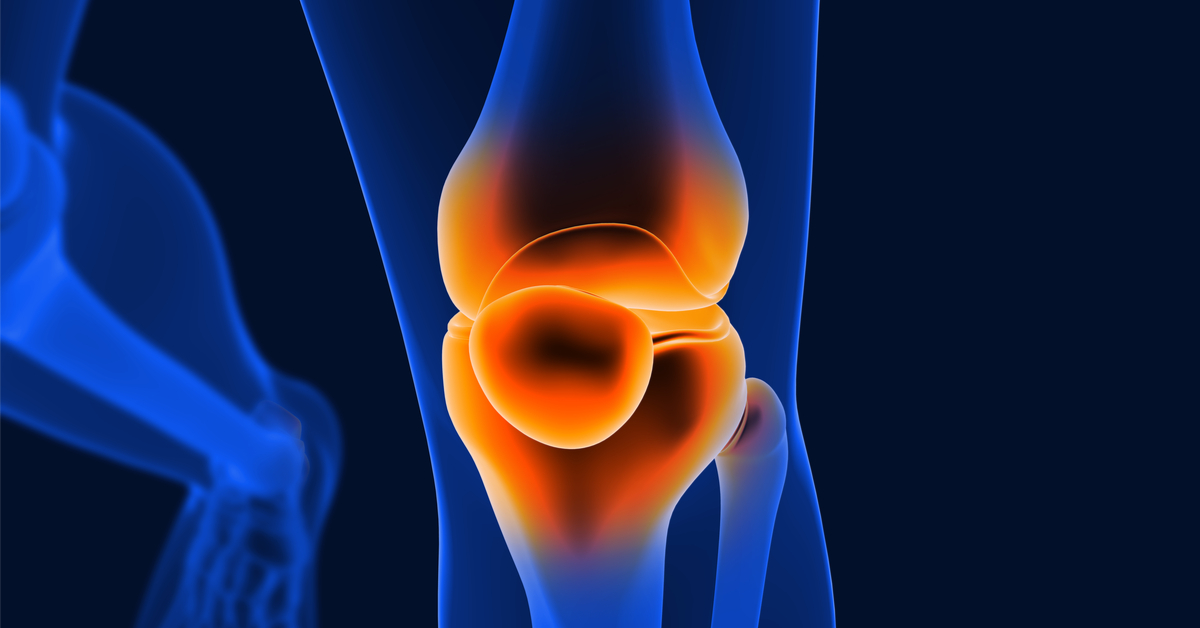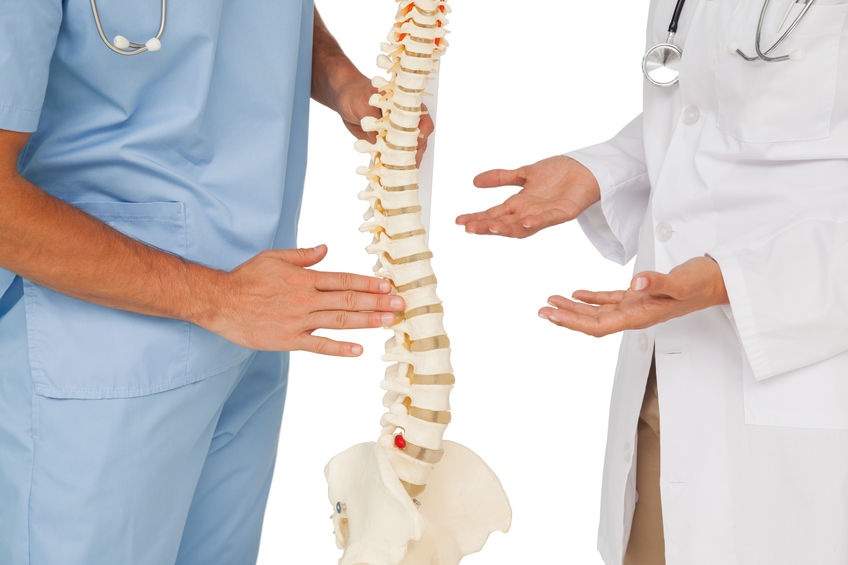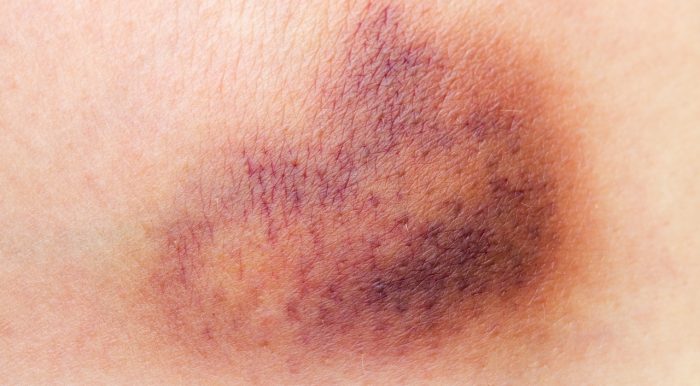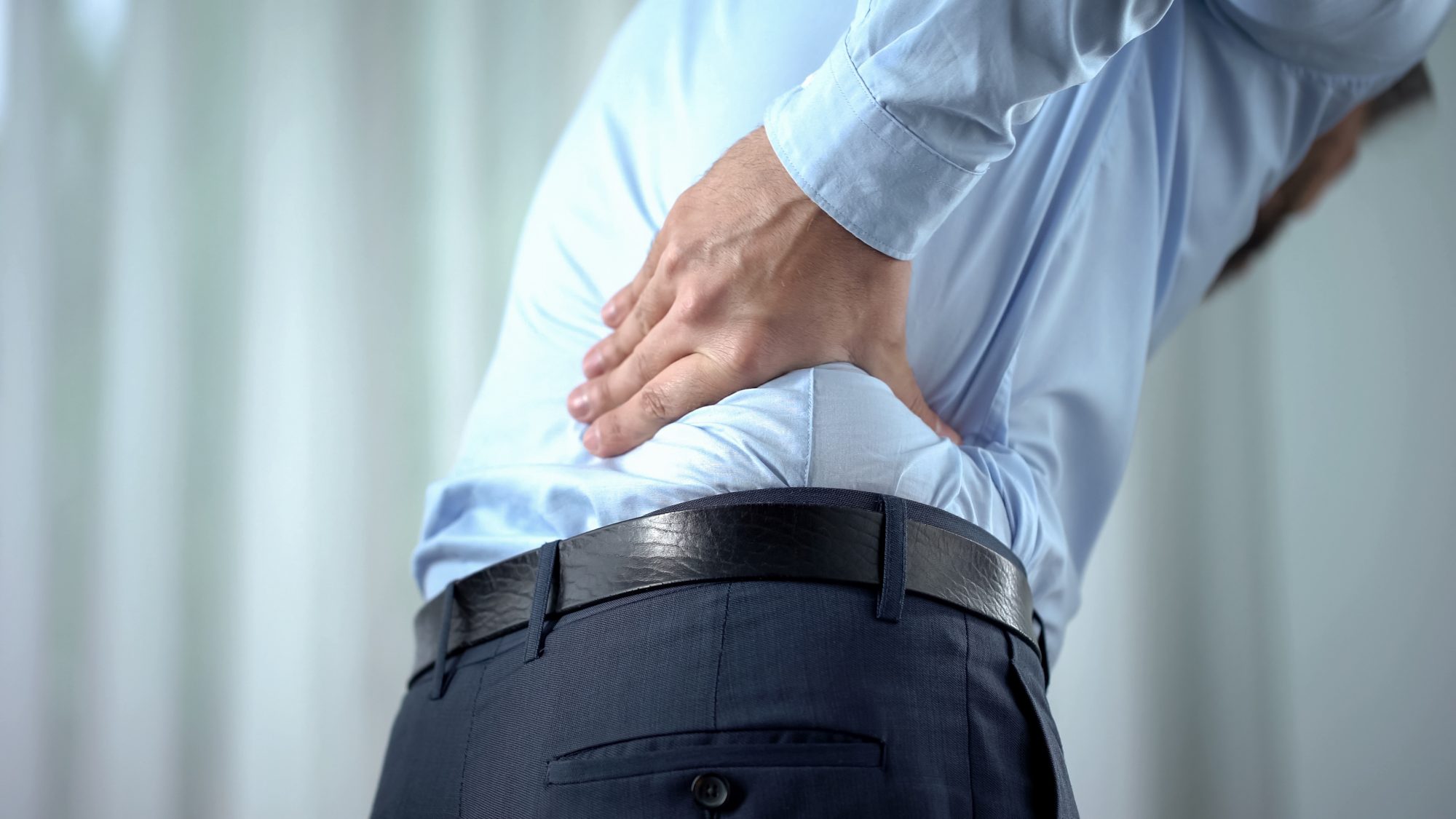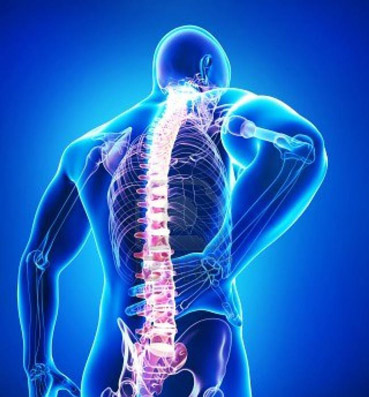Physiotherapy after cartilage surgery
Herniated disc surgery is performed if other treatment methods fail to relieve the severity of the pain and symptoms that accompany this injury, and it is not considered a dangerous operation because its success rate is very high, but it is very accurate. In the following article, we will learn about the consequences of this operation and how to deal with this situation, so let us read the following.
Physiotherapy after cartilage surgery
Physiotherapy sessions cannot be dispensed with after cartilage surgery, because of this great effectiveness in accelerating the individual’s recovery and restoring muscle strength and flexibility, and some exercises are performed during the treatment period under the supervision of a specialist to prevent any error from occurring, such as:
Physiotherapy to correct the situation
After the individual performs the cartilage operation, he must maintain his body in the correct positions at all times to prevent any serious complications from occurring, and the physiotherapist begins to teach the patient how to sit properly and to use the lower back roll during that to protect the healed vertebrae and muscles, and this step It is indispensable as it helps the individual avoid any future risks with his back.
The push-up exercise
This exercise is very easy and benefits people greatly because it improves their ability to bend, and it can be done by following the following method:
- Lie on a yoga mat and place your hands flat on the floor, under your shoulders.
- Keep the back and hips relaxed and use the arms to press the upper body with the lower back remaining on the floor, and there is a slight pressure on the lower back in this case.
- Continue in this position until two seconds have passed, then descend slowly, and this exercise is repeated up to 15 times.
Straight leg raise exercise
This exercise focuses on strengthening the lower back, and it is done by following these steps:
- Lie on the floor in a prone position on your stomach and raise one leg in the air.
- Raise the other leg that is in a straight position up to 2 seconds and then slowly lower it.
- This exercise is repeated up to 15 times.
Sciatic nerve sliding exercise
This exercise helps to improve the way the sciatic nerve moves in the back area, and it can be done through the following steps:
- Lie on your back with one knee bent.
- Grasp the bottom of the knee with both hands and straighten the knee while supporting it well.
- Flex and extend the ankle 5 times, then return to the previous position when the knee is fully straightened.
- This exercise is repeated 10 times.
Lumbar flexion exercise
- Gently pull the knees in until they reach the chest area for a second or two.
- Then slowly lower the knee.
- Repeat this exercise up to 10 times.
Pain in the leg after a herniated disc
After the surgery of a herniated disc, there are consequences to it, such as feeling pain in the leg as a result of performing a laminectomy (Post laminectomy syndrome), and there are many reasons for the presence of this pain after the operation, for example:
- Inflammation of the root of the nerve: This is one of the reasons that may cause pain to individuals after the operation, because it is performed on it, and the pain begins to appear from the second to the seventh day, and the pain begins to fade over time gradually with the necessary exercises.
- Misdiagnosis: The pain that the individual begins to feel after the operation is a result of the doctor making a wrong diagnosis before operating, or the diagnosis may be partial and the existence of any other problems such as piriformis syndrome not being realized from the beginning.
- Secondary disc herniation: One of the consequences of the herniated disc may be the occurrence of a secondary herniated disc, and this may happen within days or years of operating, and in most cases, it begins to appear from the first months of the operation.
- Spine fusion failure: If the doctor fuses the vertebrae during the operation, then an error may occur during the fusion of the vertebrae above and below the herniated disc.
- Nerve damage: This is the least common cause of leg pain after a herniated disc.
Numbness after cartilage surgery
The occurrence of numbness after performing the cartilage operation is an indication that the nerves are still in the process of building, rebuilding, and atrophying from the size they have reached, and the growth of the nerve may take a very long period that may reach two years, and there is no need to worry about numbness, no matter how long it takes, as it will go away over time when the nerves are disciplined to reduce the pressure that was on them, and it is preferable to focus in that case on taking vitamin B in order to help build nerves.
Many reasons lead to numbness immediately after cartilage surgery, such as:
- Consequences of anesthesia: Anesthesia and the shutdown of nerve signals have major factors in the occurrence of numbness because it continues for some time after the operation, and in that case, the numbness disappears within 48 hours of the operation.
- Nerve cutting: Some cases may necessitate cutting a nerve during the operation, as this causes the patient pain as a result of pressure, and this results in a complete loss of sensation in the area he was responsible for due to the loss of his basic function.
- Nerve laceration: During the operation, the intentional or unintentional cutting may occur, and as a result, signals are not delivered to the brain well. In this case, the doctor may resort to opening again to avoid any risks, but this cannot restore the nerve that has been lacerated.
- Nerve pressure: This is a result of the failure of the surgery, as the spine puts more pressure on the nerves than before, and this leads to an exacerbation of the problem more than before and the severity of symptoms, this is very rare, but if it occurs, another operation is required to correct this situation.
Rest period after cartilage surgery
The rest period after cartilage surgery takes from 4 to 6 weeks, and the patient may need more time than that, which may be a few months or up to a full year, in order for the individual to be able to continue his activities normally at all, and during the rest period the individual must be committed to completely relaxing and not doing any effort that requires high physical strength.
But the patient must take into account that he will continue for two weeks in complete rest without any movement, and after the expiration of that period, he can return to his daily light activities such as walking, physical therapy, and doing some exercises in order to strengthen the muscles of the spine.
Severe pain after cartilage surgery
Many reasons cause severe pain after cartilage surgery and determining the cause differs according to the extent of time the pain lasts as if the pain is immediately after the operation and this is due to a misdiagnosis from the beginning or the deterioration of the patient’s health as a result of suffering from any other diseases or an error occurring during the operation itself.
But if the pain appears after the operation for several days, then this is a result of the side effects that appear after the operation or the occurrence of a hernia after the operation, or the occurrence of a hernia after the operation, or the presence of weakness in the back muscles, and if the pain still persists months after the operation, this indicates a narrowing of the canal or sliding back, and each of the previous cases can be distinguished by doing the necessary analyzes and rumors in order to determine the source of the pain and know how to deal with it.
Muscle strain after cartilage surgery
Cartilage surgery is mainly done to treat some of the problems that the patient suffers from, including muscle tension, and for this reason, it is supposed to disappear after the operation, but if this continues to happen, the doctor must be consulted immediately and the necessary tests must be done to understand the causes of the problem.
How to sleep after a herniated disc
Choosing the right sleeping position helps the individual greatly in relaxation, in addition to reducing pain and preventing any serious complications after the operation, and there are two suitable methods for this, and they are:
- Sleeping on one side of the body in the fetal position: Individuals following this position after the herniated disc surgery helps to relax greatly during the night period, and this is because the discs are soft cushions between the vertebrae of the spine, and the herniation is a result of it leaving its normal place and causing pressure on the nerves, and this method of sleeping helps reduce the curvature of the spine and creates spaces between the vertebrae.
- Sleeping on the stomach with a pillow under it: Although sleeping on the stomach is a very bad position, following it with a thin pillow between each of the abdomen and hips helps to straighten the spine.
How long does cartilage surgery take?
Cartilage surgery in which the corroded part of the herniated disc in the spine is removed, and this operation is done to rid the patient of the numbness, pain, and tingling that he feels as a result of the corroded disc pressing on the neighboring nerves, and the cartilage operation takes from one to two hours.
What is the success rate of a herniated disc?
The success rate of a herniated disc varies greatly from one case to another and according to the extent of experience of the surgeon who will operate, but in general, with recent technological developments, the success rates of this operation have increased dramatically, so it rarely fails or any error occurs in it.
Knee rehabilitation after cartilage surgery
During the rehabilitation treatment period after cartilage surgery in the knee, the individual must be careful not to move his knee completely for a period of up to six weeks, but he can load it with his full weight, provided that the knee is fully straightened.






